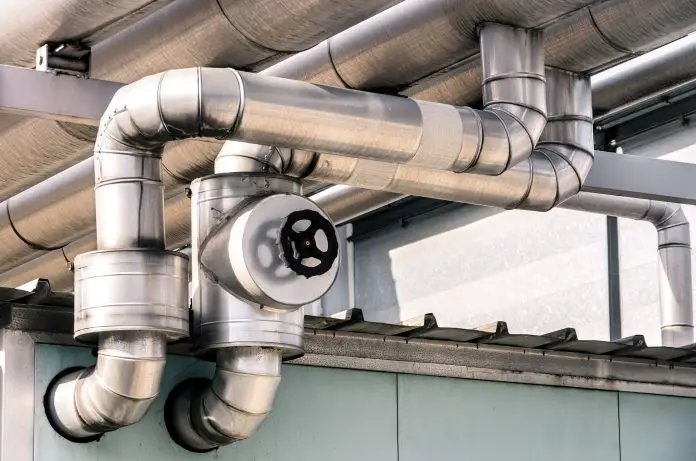U.S. Energy Information Administration (EIA) data reveals a significant shift in the landscape of energy reserves, presenting a mixed bag of challenges and opportunities for small business owners in the energy sector and beyond. As of year-end 2023, the United States recorded a 4% decline in crude oil and lease condensate reserves, totaling 46 billion barrels. Simultaneously, proved reserves of natural gas plummeted by 13%, falling to 604 trillion cubic feet. This marks the first annual decrease for both fuels since 2020, stirring questions and considerations for small enterprises.
The findings from the EIA’s U.S. Crude Oil and Natural Gas Proved Reserves, Year-End 2023 report show how economic variables are directly linked to energy availability. As Steven Grape, the principal contributor of the report, notes, "Prices heavily affect estimates of proved reserves." In 2023, operators responded to declining prices, adjusting their reserves downward. The annual average wholesale prices for West Texas Intermediate crude oil and Henry Hub natural gas fell by 18% and a staggering 61%, respectively, from the previous year. This sharp price decline urges small business owners to reassess their strategies and project planning in an energy-dependent economy.
One of the most striking aspects of this report is the regional variability in reserve changes. North Dakota experienced the largest decrease, with crude oil reserves down 12% (611 million barrels). Conversely, New Mexico saw an increase of 380 million barrels, illustrating the potential for localized growth even amidst overall declines. Small business owners could consider investing in areas showing resilience, such as New Mexico, where new reserves could translate to opportunities in service, supply, and technological advancement.
Challenges arise not only from the diminished reserves but also from the broader implications of fluctuating energy prices. For many small businesses—especially those involved in oil services, transportation, or energy procurement—recent trends may necessitate an overhaul of budgeting, sourcing, and operational plans. Budgeting for energy costs will require critical foresight. Businesses that rely on consistent energy prices for their operating models might find themselves needing to pivot, adopting new strategies to remain competitive.
The EIA’s findings also point to how technology and innovation can help mitigate the impact of these challenges. The downturn in conventional reserves reinforces the urgency for alternative energy sources and the adoption of renewable technologies. Engaging in energy efficiency initiatives or integrating sustainable practices may not only cushion small businesses against energy price shocks but also appeal to an increasing assortment of customers concerned about environmental stewardship.
Furthermore, the reported increases in proved reserves of natural gas in Montana (11%, or 70 billion cubic feet) signal growth areas and new possibilities for small enterprises that supply goods and services to growing sectors. Entrepreneurs should seek partnerships and collaborations that can capitalize on these dynamics. Discussions with local chambers of commerce or energy associations can unveil pathways toward innovation and cooperation in tackling these challenges.
As businesses navigate this changing landscape, they may also consider diversifying their portfolios beyond fossil fuels. The findings underscore a shifting paradigm that may lead to new market opportunities in renewable energies and energy efficiency services. Securing funding or resources for diversifying could be crucial for survival and growth in this competitive environment.
Ultimately, small business owners face a dual challenge: adapting to declining reserves while exploring new opportunities within a transforming energy sector. With thoughtful analysis and strategic planning, even amid uncertainties, small enterprises can leverage these insights to position themselves advantageously for the coming years.
For those interested in exploring the data further, the original EIA report is available here.
Image Via Envato: MirkoVitali



